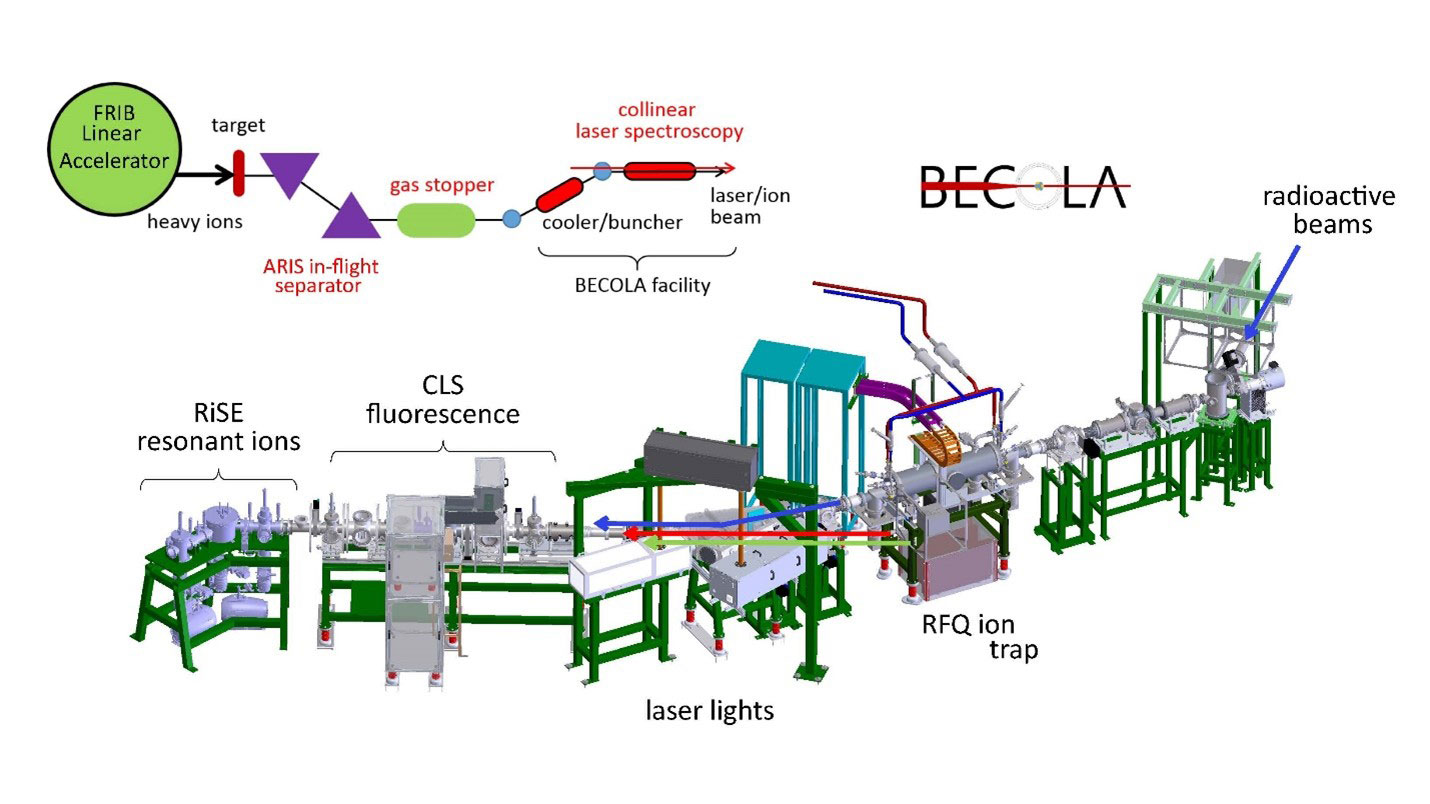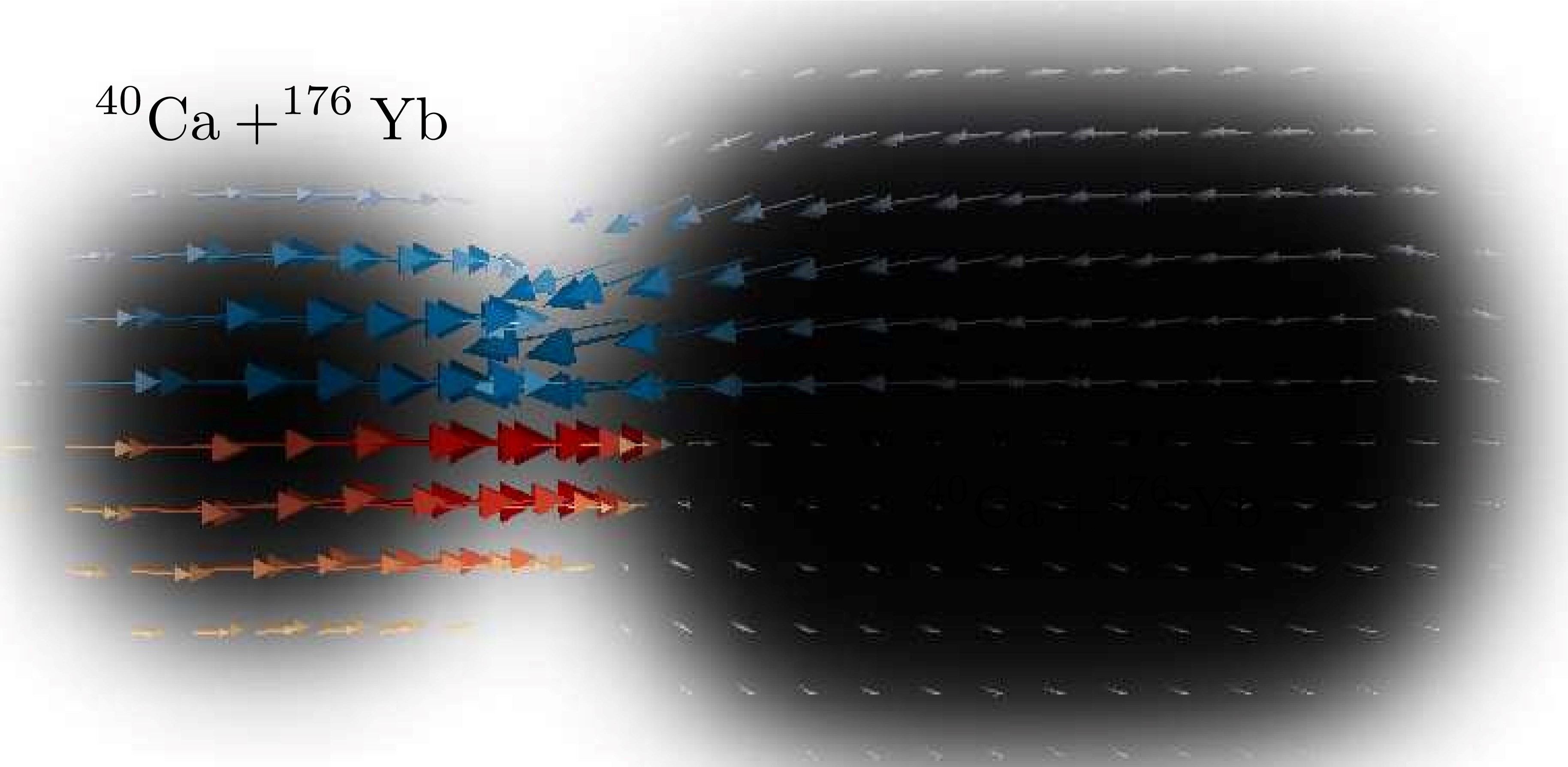Nuclear Charge Distribution Measurements May Solve Outstanding Puzzle In Particle Physics
By reanalyzing the distribution of active protons in nuclei, researchers found a possible solution to a particle physics puzzle involving quarks.

The Science
What scientist call the “nuclear weak distribution” describes the distribution of “active” protons in a nucleus. These are protons that are eligible to transition into neutrons through what scientists call the “weak interaction.” Researchers recently reviewed the existing standard procedure to determine this distribution. In the study, they abandoned previous treatments using nuclear shell models. Instead, they related the weak distribution to the distribution of electric charges in a nucleus. Scientists can measure this distribution by scattering electrons off nuclear targets or by studying energy levels through atomic spectroscopy.
The Impact
The new data-driven analysis found significant differences with the results of previous model-based determinations of the nuclear weak distribution. This result advances the search for new physics based on nuclear beta decay experiments. It does so by providing a partial explanation for a discrepancy between predictions from particle physics theory and experimental measurement of a fundamental quantity called “Vud.” This term describes how quarks transition from one type to another inside a proton or neutron, thus changing the particles.
Summary
The extracted value of “Vud” from nuclear beta decays seems to be substantially smaller than what is required by the Standard Model of Particle Physics, the commonly-acknowledged best theory for elementary particle physics. This observed anomaly stimulates vibrant discussions of possibilities of new physics discoveries. To study its origin, researchers at the Facility for Rare Isotope Beams (FRIB) at Michigan State University investigated the so-called “nuclear weak distribution.” They found that the current understanding of this distribution is based on rather simple models that assume non-interacting nucleons inside a nucleus. Furthermore, they showed that this distribution may be determined independently of models using measurements of nuclear charge distributions, which can be done either through electron-nucleus scattering experiments or through atomic spectroscopy.
Upon analyzing existing data, the researchers found that the value of Vud moved closer to the Standard Model prediction. Future measurements of nuclear charge distributions, for example at FRIB, may provide further insights towards the resolution of the Vud anomaly.
Contact
Chien-Yeah Seng
Facility for Rare Isotope Beams, Michigan State University and University of Washington
seng@frib.msu.edu
Funding
This work is supported in part by the Department of Energy Office of Science, Office of Nuclear Physics.
Publications
Seng, C.-Y., Model-Independent Determination of Nuclear Weak Form Factors and Implications for Standard Model Precision Tests. Physical Review Letters 130, 152501 (2023). [DOI: 10.1103/PhysRevLett.130.152501]
Highlight Categories
Program: NP
Performer: University , SC User Facilities



